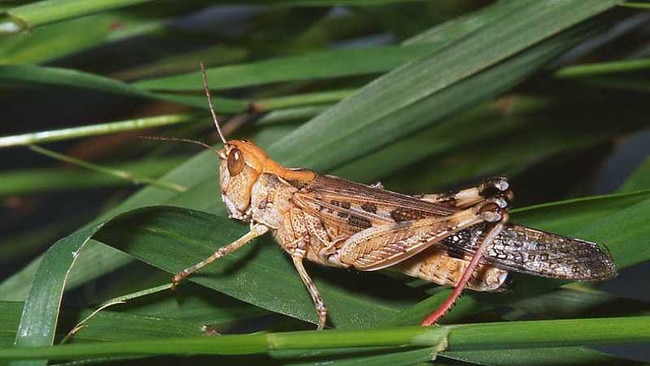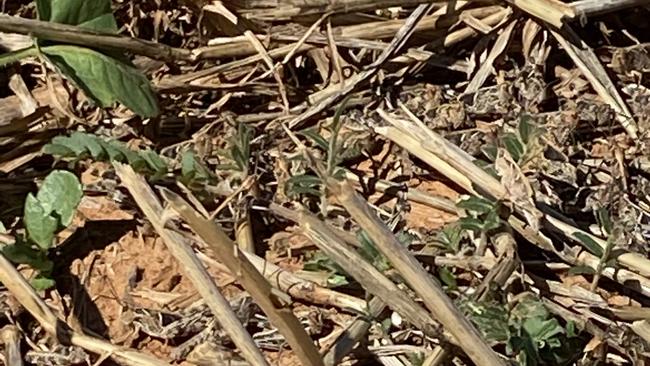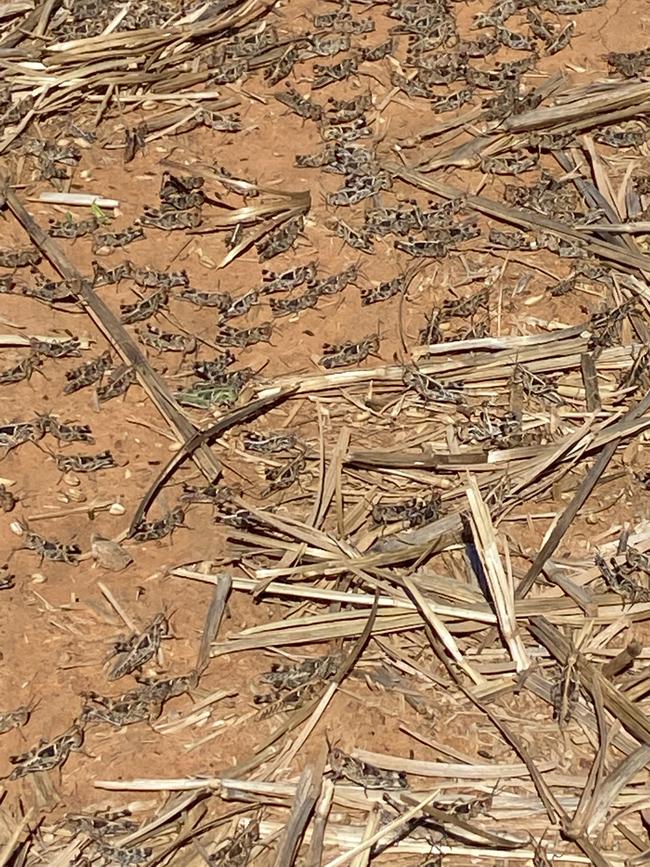Bands of juvenile locusts reported but no plague
It’s been a few years but locusts are being seen around Victoria. Find out where they’ve been spotted and what’s being done.
A locust plague is not expected this season despite bands being seen in parts of Victoria and Riverina.
But landholders are being warned to be on the lookout for bands of locusts and to act early to prevent problems down the track.
Victorian Plague Locust Commissioner Kyla Finlay, from Agriculture Victoria, said bands of the Australian plague locust have been spotted in multiple locations throughout the Loddon, Greater Bendigo, Campaspe and Moira shires.
“These are localised populations and not considered a plague, nor is a plague expected this season,” Ms Finlay said.
“The Victorian Plague Locust Commissioner and a team of eight regionally based locust experts undertake monitoring and surveillance to help land managers make decisions about locust management.”

It is not unusual for locusts to be seen at this time of year, but bands are appearing later due to the spring rains and the amount of grass.
Control measures taken now on bands are considered ideal as the juvenile locusts are slower to move and easier to kill.
If the bands are not controlled by the end of this month, hoppers will become adults and can take flight.
Over the border, Riverina farmers are being warned to report locust sightings.
Murray Local Land Services team leader, Peter O’Shannassy said the level of grass and vegetation meant locust activity had been “slowly ramping up”.
“Our staff and local farmers have already started spraying in the Savernake, Rennie and Mulwala areas following sightings of bands reported by the community,” Mr O’Shannassy said.

“Bands are small at this stage and likely hard to see due to the amount of vegetation in paddocks, however reporting is essential to manage the issue.
“They are generally not being detected until they cross open ground, like roads.”
Mr O’Shannassy said controlling banding locusts now would help reduce their impact later in the year.
“Bands are there now to be controlled, which will help lessen their impact on emerging crops in the autumn,” Mr O’Shannassy said.

“This is why community reporting is essential — reports are used to forecast locust movements, breeding, impacts and required control strategies.”
The Australian Plague Locust Commission is predicting a moderate population increase to medium density population levels in inland eastern Australia, with localised areas of medium to high densities in the NSW Riverina area and Victoria’s north-west and north central regions.



